Both kinds of devices are used by people to achieve some purpose, and in order to control those machines, their users require interface tools that give them control over their devices. Toggles, rotaries, push-buttons and rockers are all examples of such controls. Read More…
Electro-Mech Components designs and manufactures illuminated pushbutton switches and miniature switches plus multiswitch interlocking assemblies and indicator lights. We have an extensive selection of off-the-shelf pushbutton switches plus industrial-grade switches and are always happy to customize.

Switches Unlimited specializes in new design and replacement of electric switches, industrial components and automation control. They have extensive stocking selection of toggle, miniature, pushbutton, rocker, illuminated switches, relays, proximity, PLC’s and safety controls. Established in 1961, Switches Unlimited represents over 40 leading manufacturers and are a professional leading source...

Known as an industry innovator, NKK® Switches manufactures toggle switches, rocker switches, pushbutton switches, rotary switches & illuminated switches, specializing in miniature & illuminated. Creator of SmartSwitch™ OLED IS programmable graphic & video switches for interactive applications. Our products are available through distributors and excellent customer service is known worldwide.

At MELTRIC, our Switch-Rated plugs and receptacles combine the safety and functionality of a disconnect switch with the convenience of a plug and receptacle into one cost-effective, reliable device. These plugs can be safely connected and disconnected under full load. Since 1982, MELTRIC has been dedicated to ensuring electrical and user safety with every product.

More Electrical Switch Manufacturers
Two of the most common types of electric switches are single-pole and double-pole switches. The simplest type of electrical switch is a single-pole (SP) switch. SP switches have two points, called contacts, that connect to make a circuit and separate to break the circuit. Double-pole (DP) switches, in comparison, have two "on" positions and one "off" position. For example, the fan button on kitchen range hoods has a high-off-low configuration where the two "on" positions provide different voltages.
All electrical switches control whether the circuits to which they are connected are closed or open. An electrical circuit is so named because when it is complete it forms a closed circuit through which electricity passes without interruption. When a circuit is opened, electricity cannot pass without interruption, which ceases the operation of the device involved in the circuit. When a circuit is opened, the switch controlling that circuit can be said to be in the "off" position.
When switched to the "on" position, the switch closes the circuit, allowing again for the continuous flow of electricity through the circuit. Because there are so many different kinds of electronic devices, an equally wide variety of different circuitry options is necessary to accommodate them. In a simple electric light, nothing more than wires, a switch and a power source is necessary for the light's operation. In a computer keyboard, a complex web of circuits embedded on a circuit board is necessary to send signals to an attached processor. In both cases though, switches are used to control the circuitry.




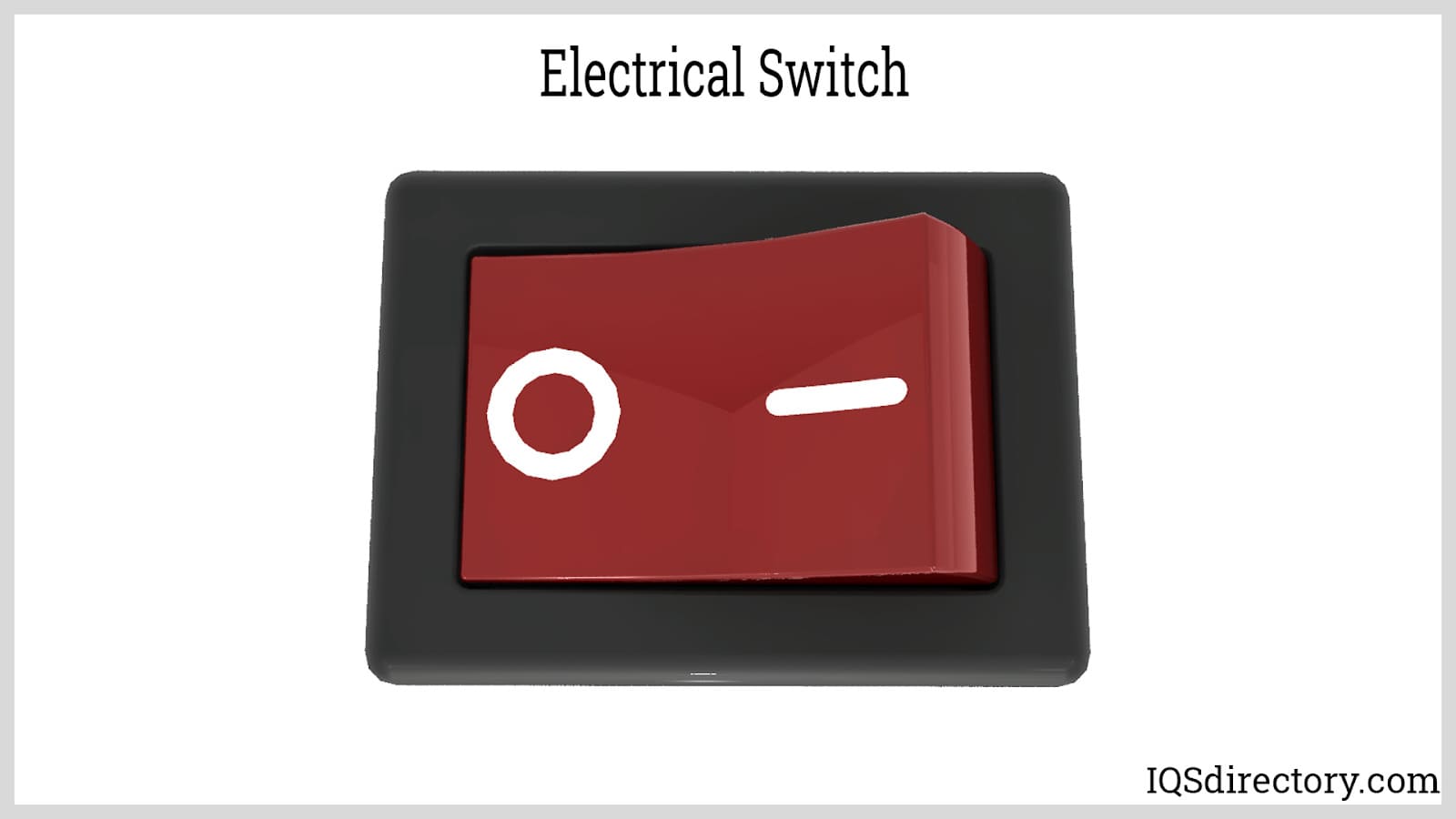
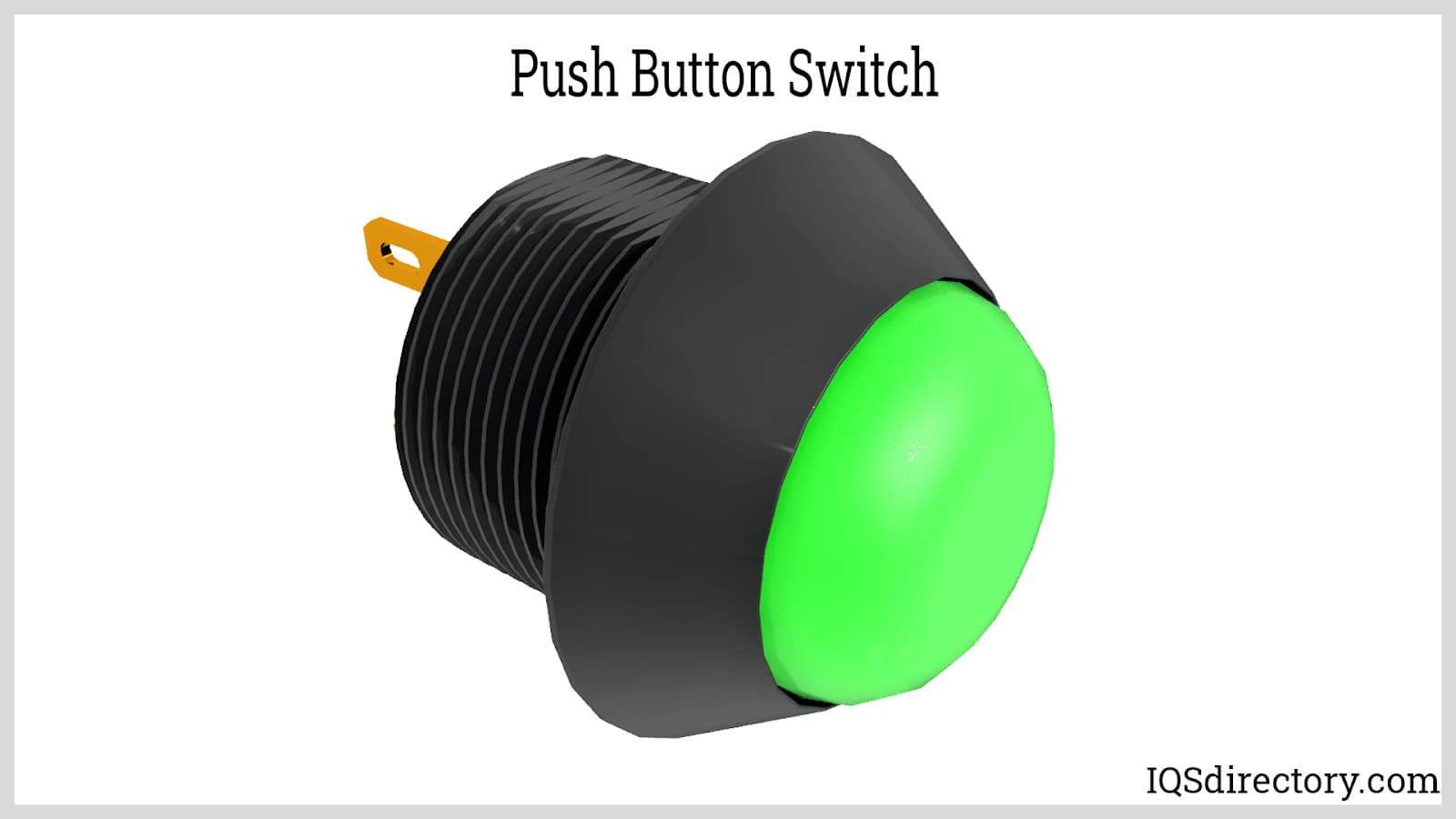
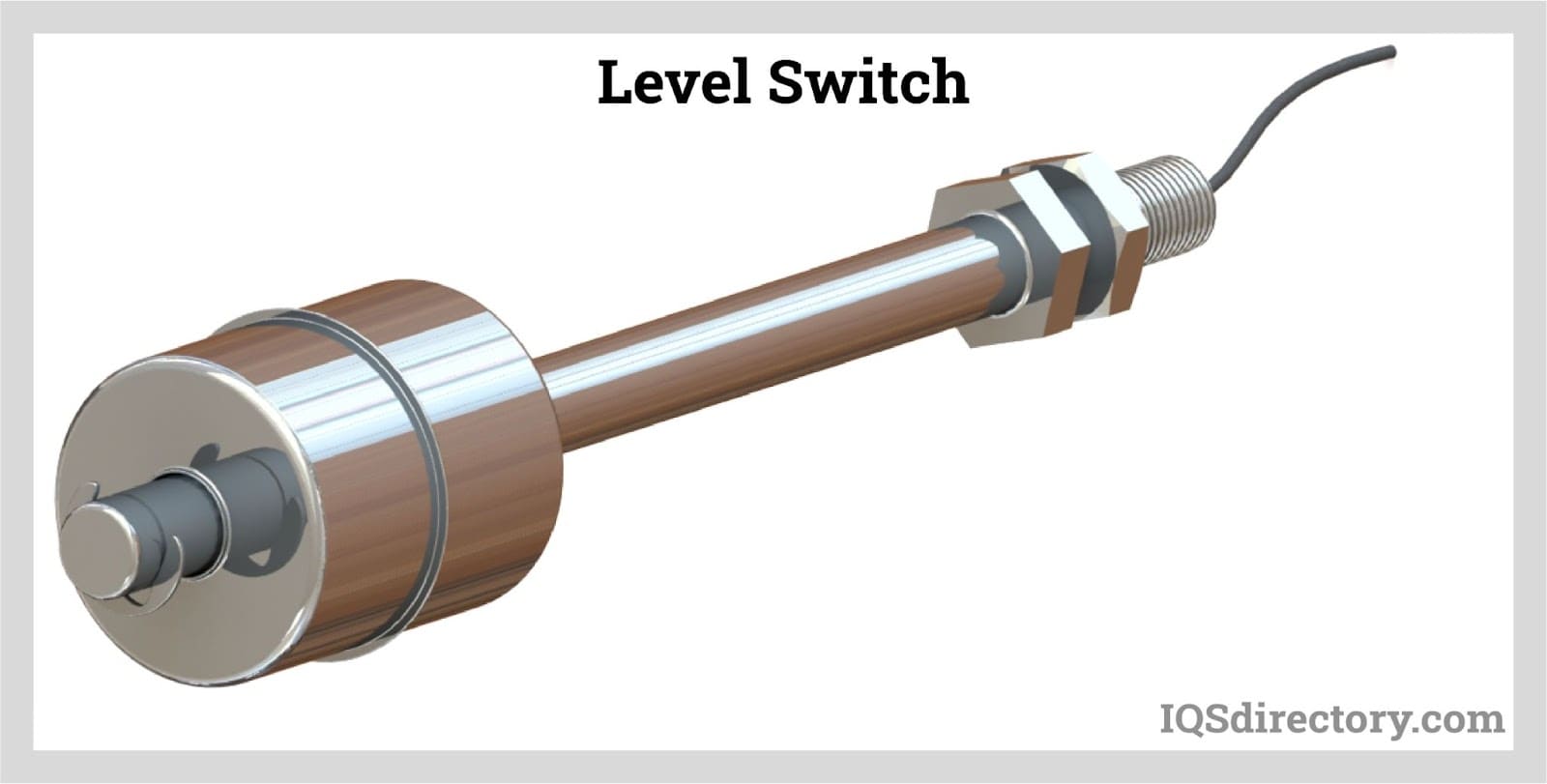
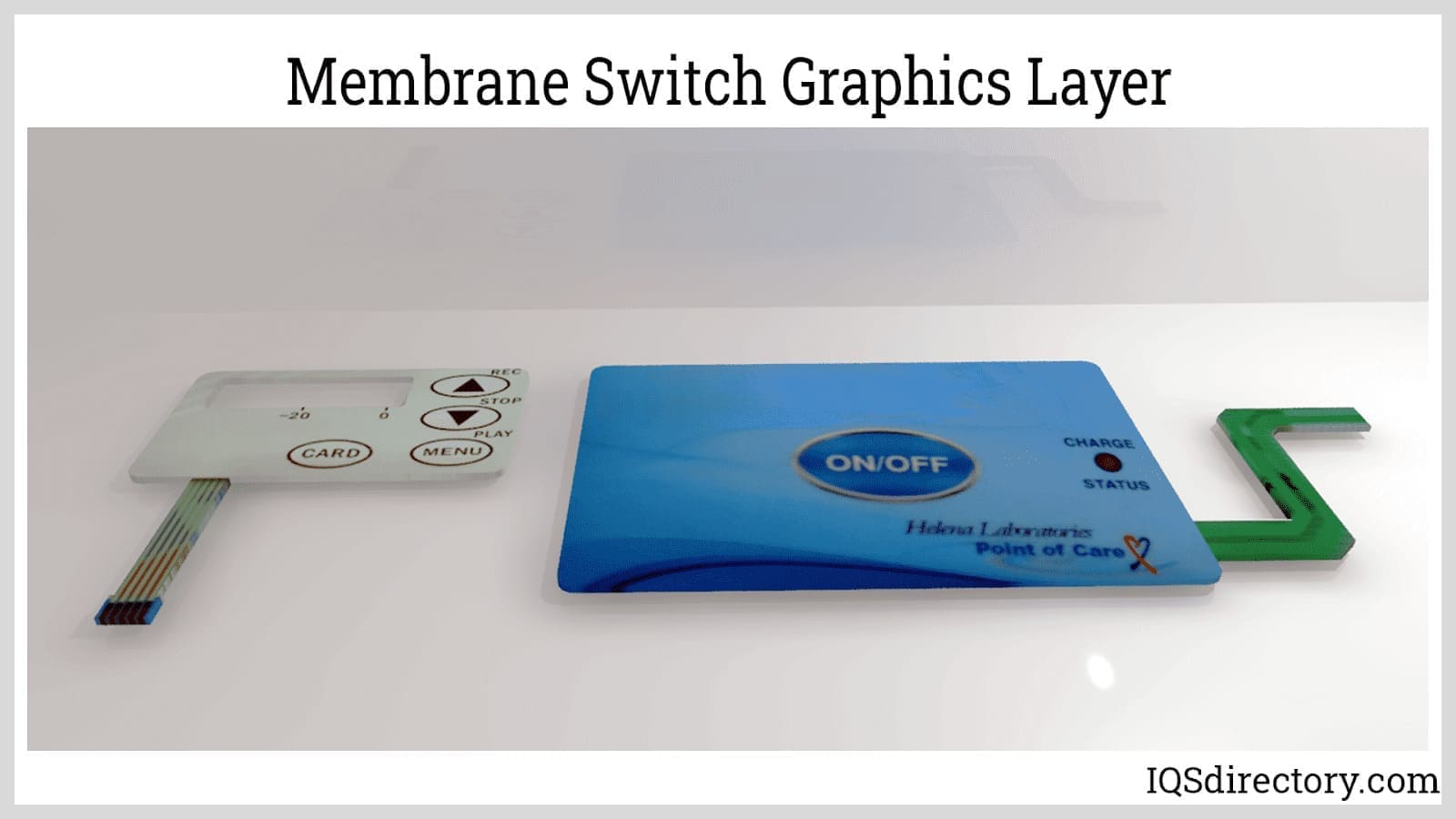
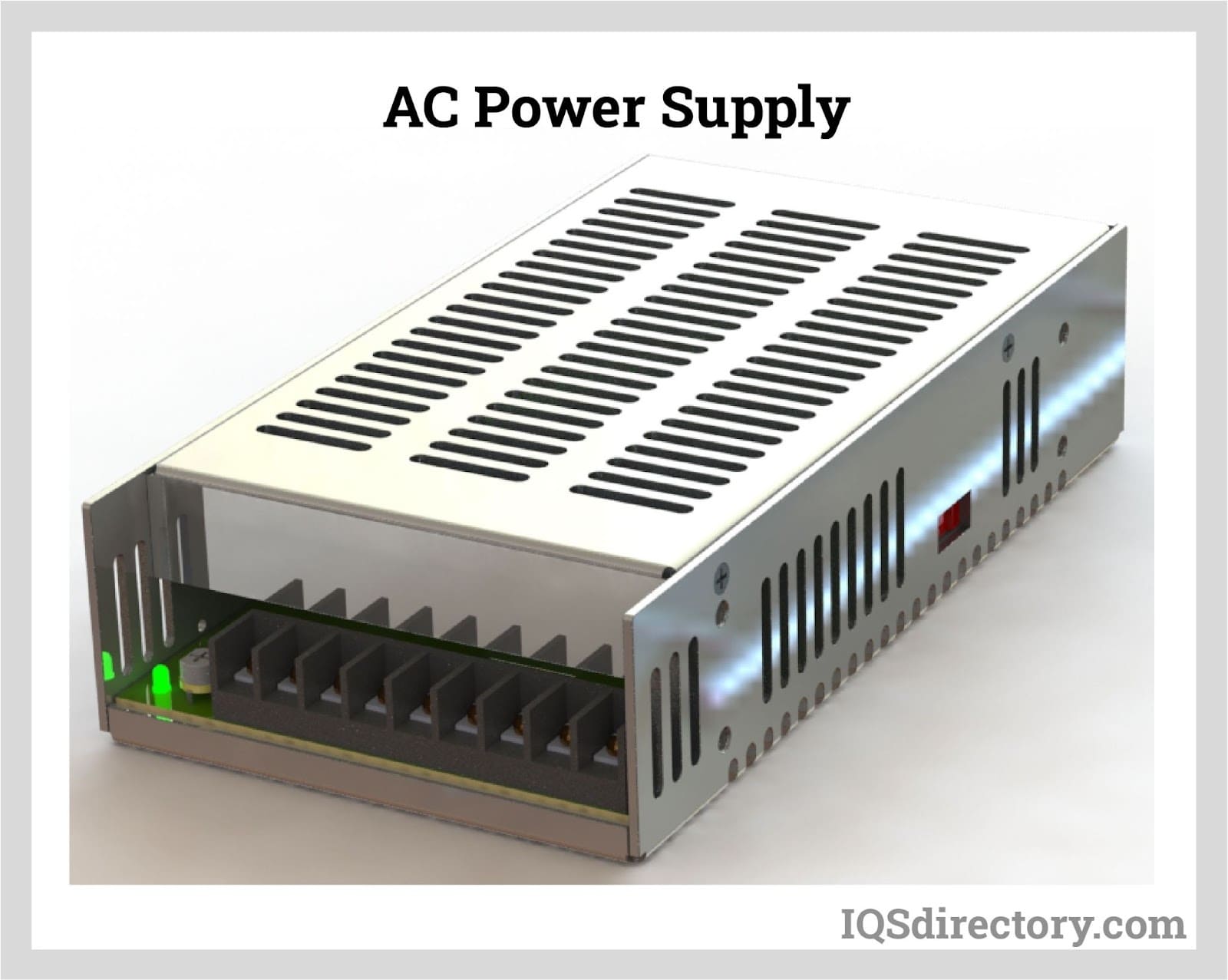
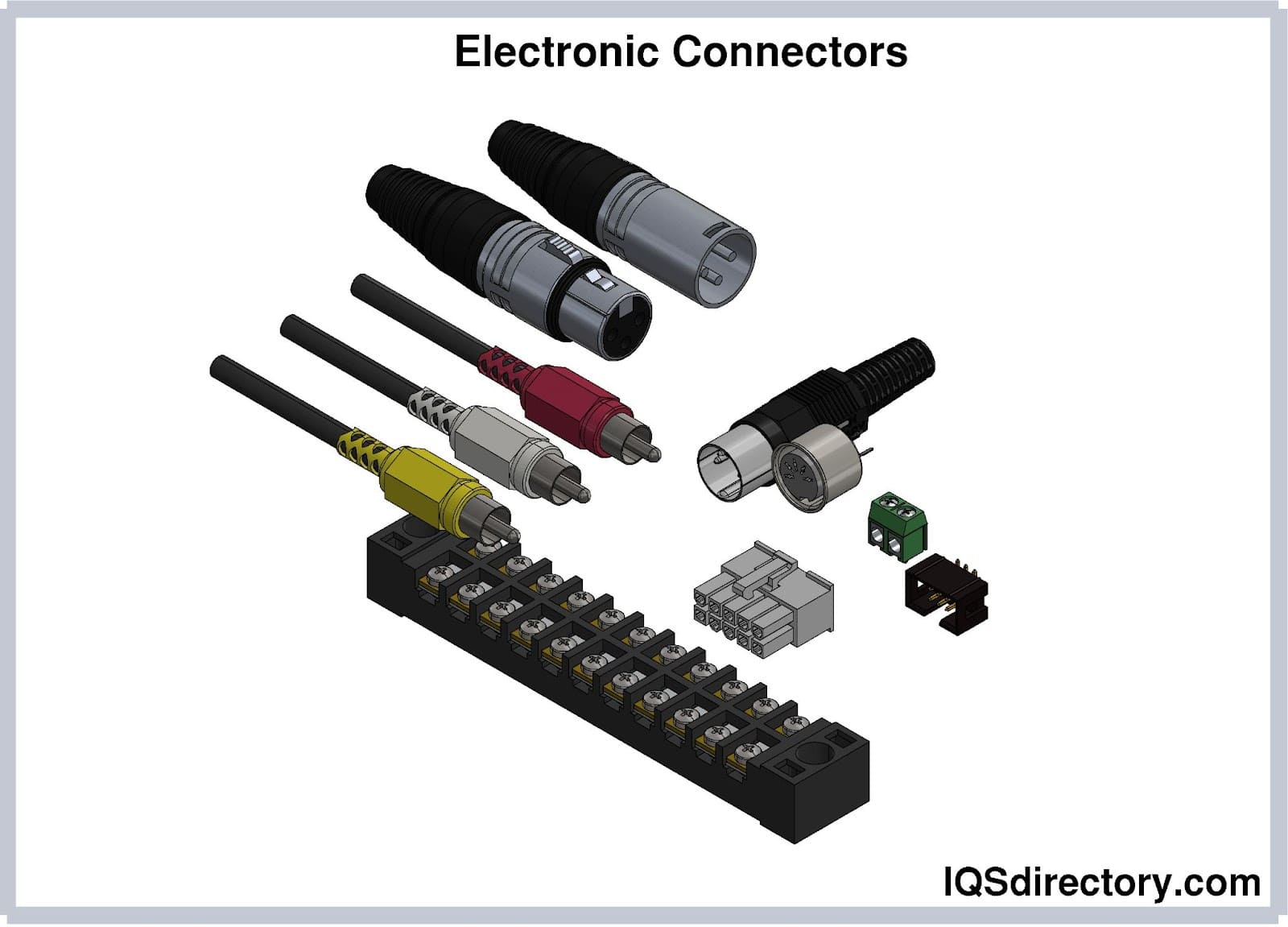
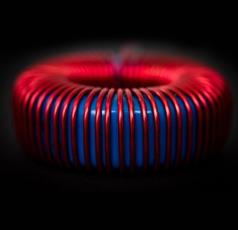 Electric Coils
Electric Coils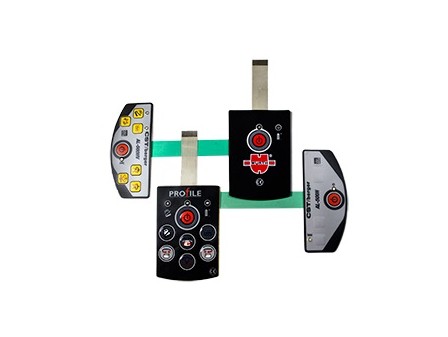 Electric Switches
Electric Switches Electric Transformers
Electric Transformers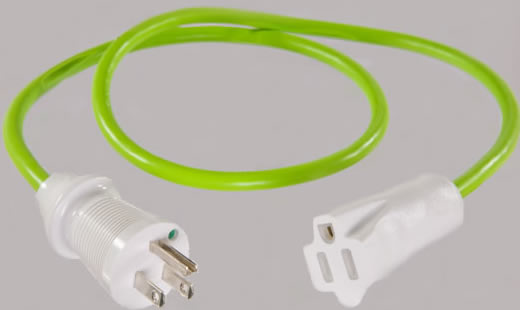 Electronic Connectors
Electronic Connectors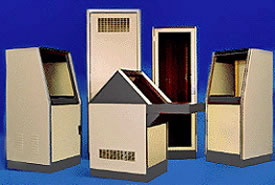 Electronic Enclosures
Electronic Enclosures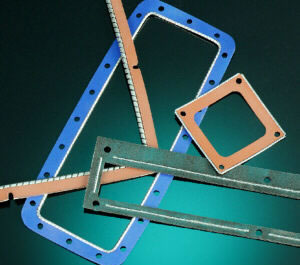 EMI Shielding
EMI Shielding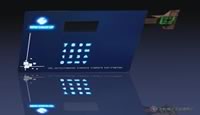 Membrane Switches
Membrane Switches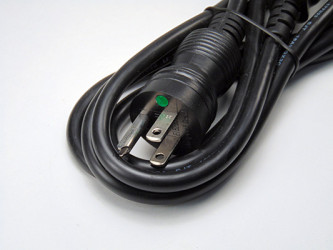 Power Cords
Power Cords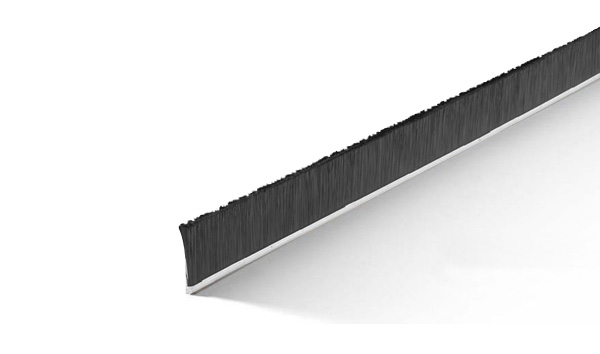 Static Eliminators
Static Eliminators Castings & Forgings
Castings & Forgings Bulk Material Handling
Bulk Material Handling Electrical & Electronic Components
Electrical & Electronic Components Flow Instrumentation
Flow Instrumentation Hardware
Hardware Material Handling Equipment
Material Handling Equipment Metal Cutting Services
Metal Cutting Services Metal Forming Services
Metal Forming Services Metal Suppliers
Metal Suppliers Motion Control Products
Motion Control Products Plant & Facility Equipment
Plant & Facility Equipment Plant & Facility Supplies
Plant & Facility Supplies Plastic Molding Processes
Plastic Molding Processes Pumps & Valves
Pumps & Valves Recycling Equipment
Recycling Equipment Rubber Products & Services
Rubber Products & Services